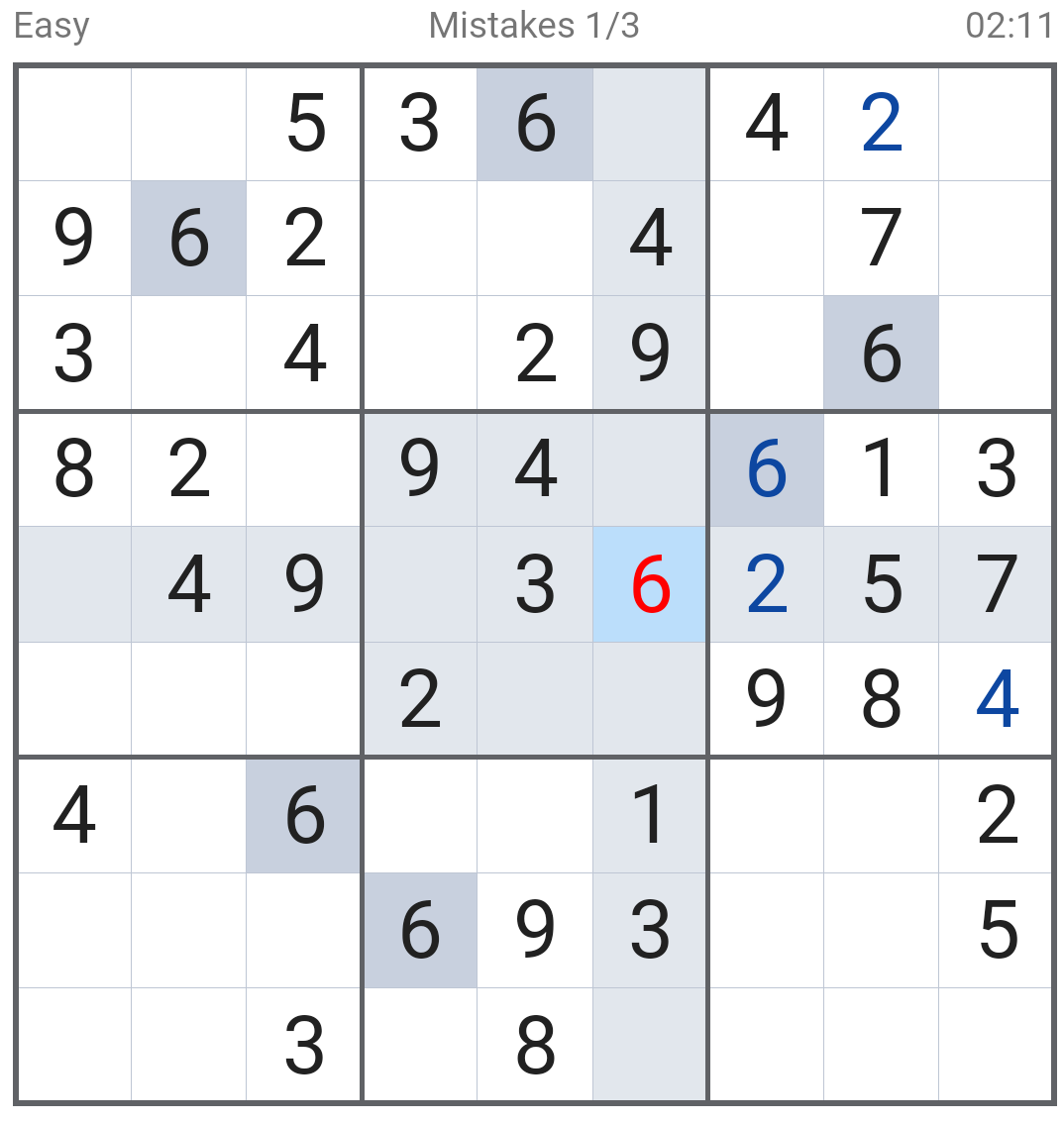"I believe it is a false positive since the 6(highlighted red) I inserted is unique on the rows and columns as well as within the small square."
The digit 6 is not found in the columns, rows or enclosing 3x3 square. That much is true.
The problem is that "not found" does not mean "unique".
It would be unique if it were the only digit which is not found. However, that is false; the digit 8 is also not found.
Without filling in more squares elsewhere and making other deductions, the best deduction we can make about the square is that it can contain either 6 or 8. We have no justification in asserting that it is one or the other.
You can easily convince yourself of this. Consider all the digits from 1 to 9 and substitute them into that position. For each one you will find a row, column or 3x3 conflict, except 6 or 8.
Of course, the idea that the square contains 6 or 8 critically depends on the assumptions that everything has been filled in correctly so far. That assumption is justified, because, I suspect, the software is revealing to us all squares that do not match the solution. That 6 is the only wrong one, and so the only other possible value, 8, is the right one.
Note that every (correctly generated) Sudoku board has exactly one solution. Therefore, Sudoku programs can trivially check all your moves simply by comparing their values to the board's solution. When incorrect values are flagged, the software is not considering any nuances in the quality of your reasoning, only the concrete output.
Having exactly one solution means that if you fill any square with a value other than the uniquely correct one, even if that value doesn't cause an immediate conflict, you will not be able to finish that board. A conflict will eventually appear. It could be as late as the very last value. One square remains and you see from the horizontal row that it must be a seven! You fill it in and then you realize, oops, the column already has a seven.
At advanced levels of Sudoku, the boards are not solvable as a sequence of deductive moves, each made with perfect certainty and finality based on the previous moves. Tough Sudokus require a guess to be made at some point. Perhaps even two guesses. You know that some square must be 4 or 7, but there is no way to decide, and no other moves can be deduced. So you must choose one or the other and proceed; then if you run into a conflict, you must backtrack: erase that guess and all the later steps which depend on it, and try it the other way.


